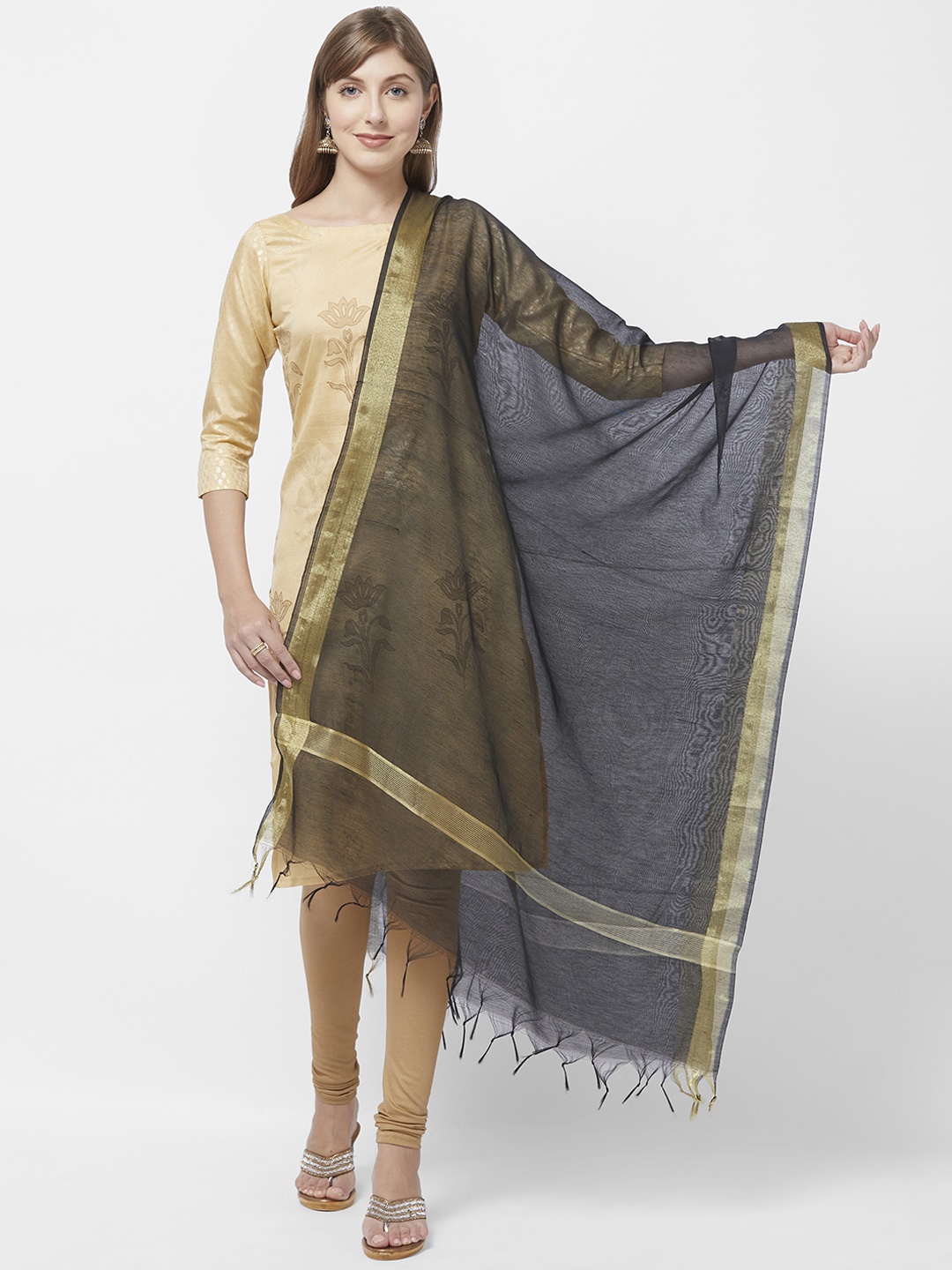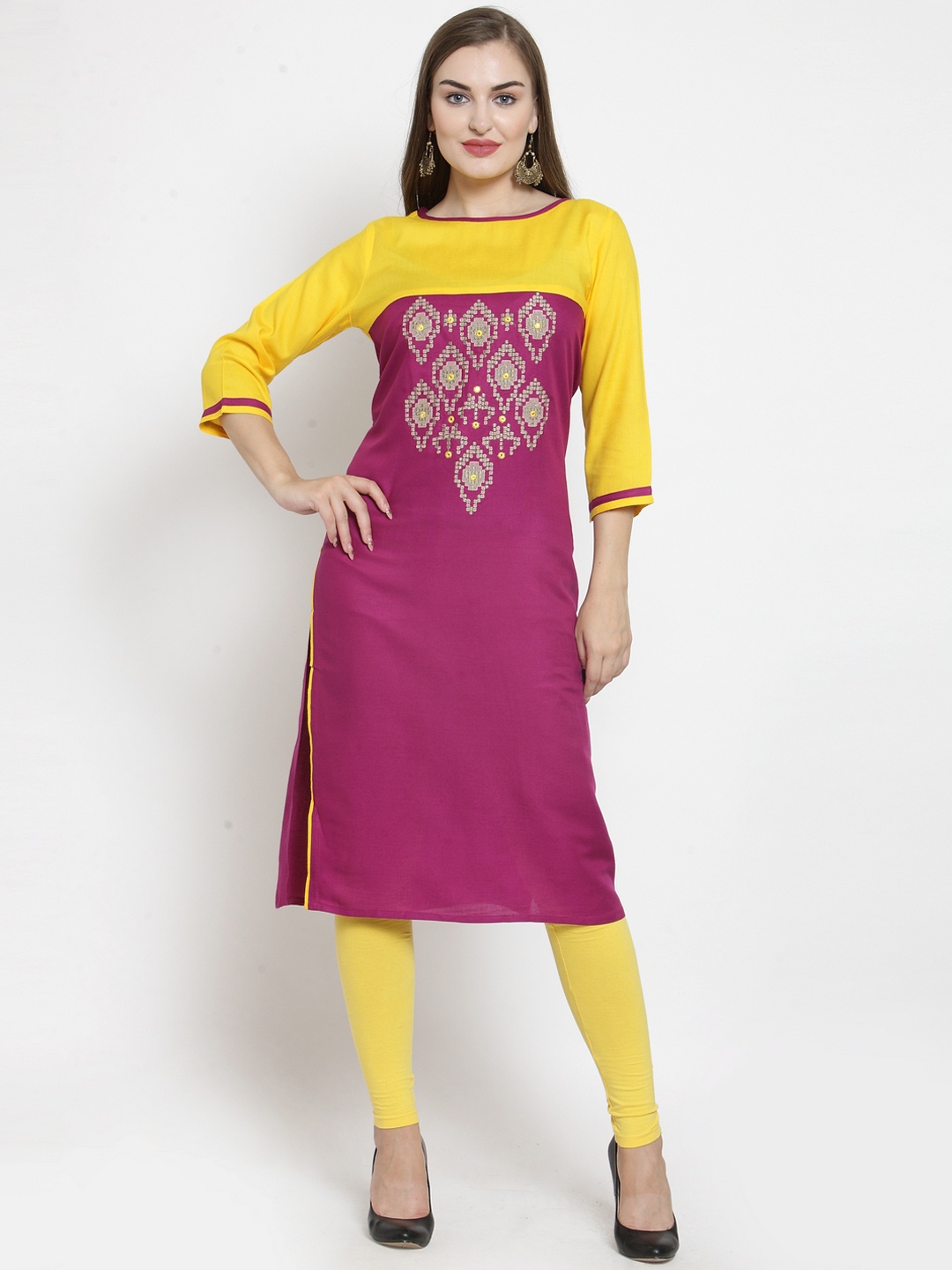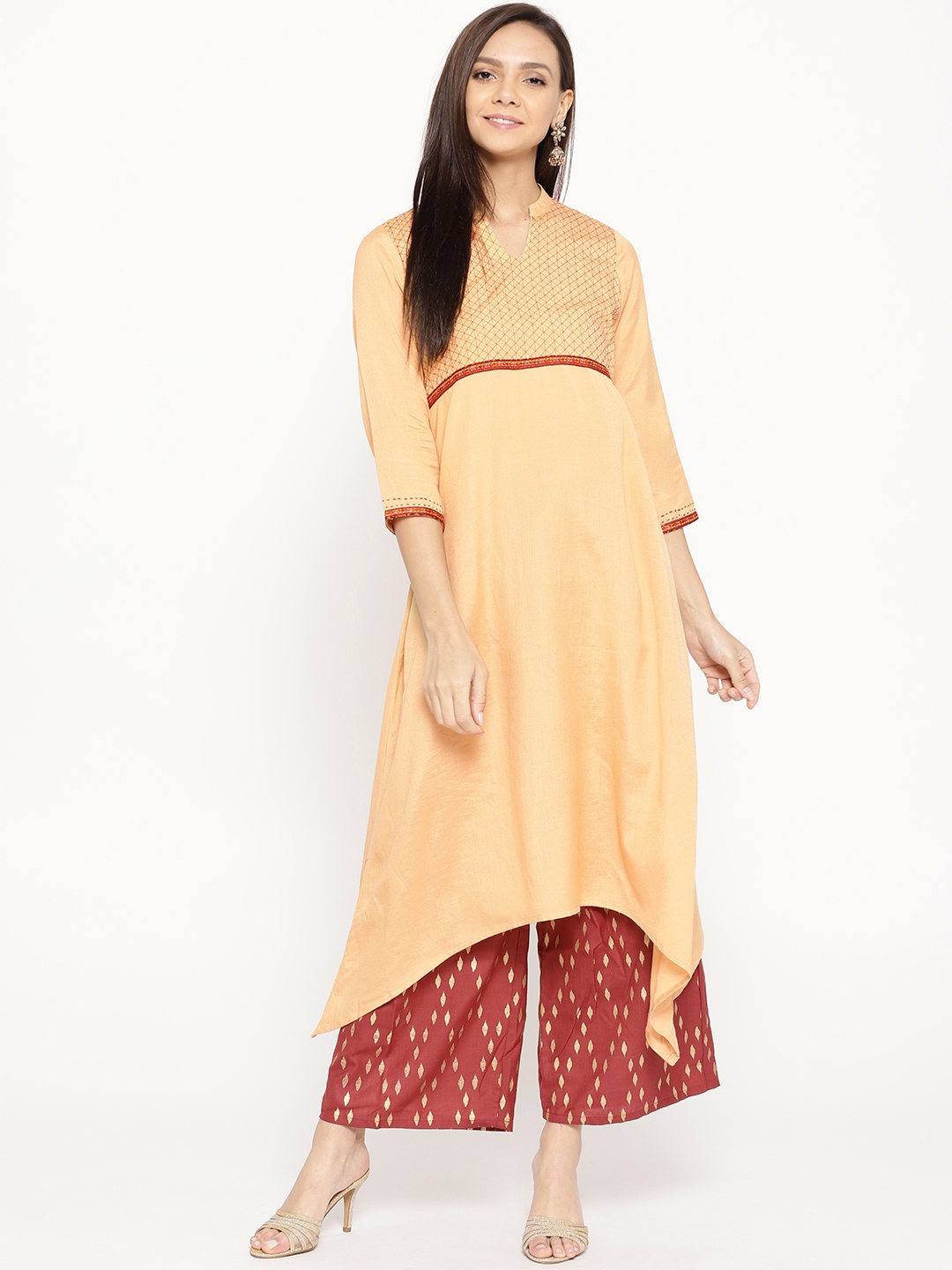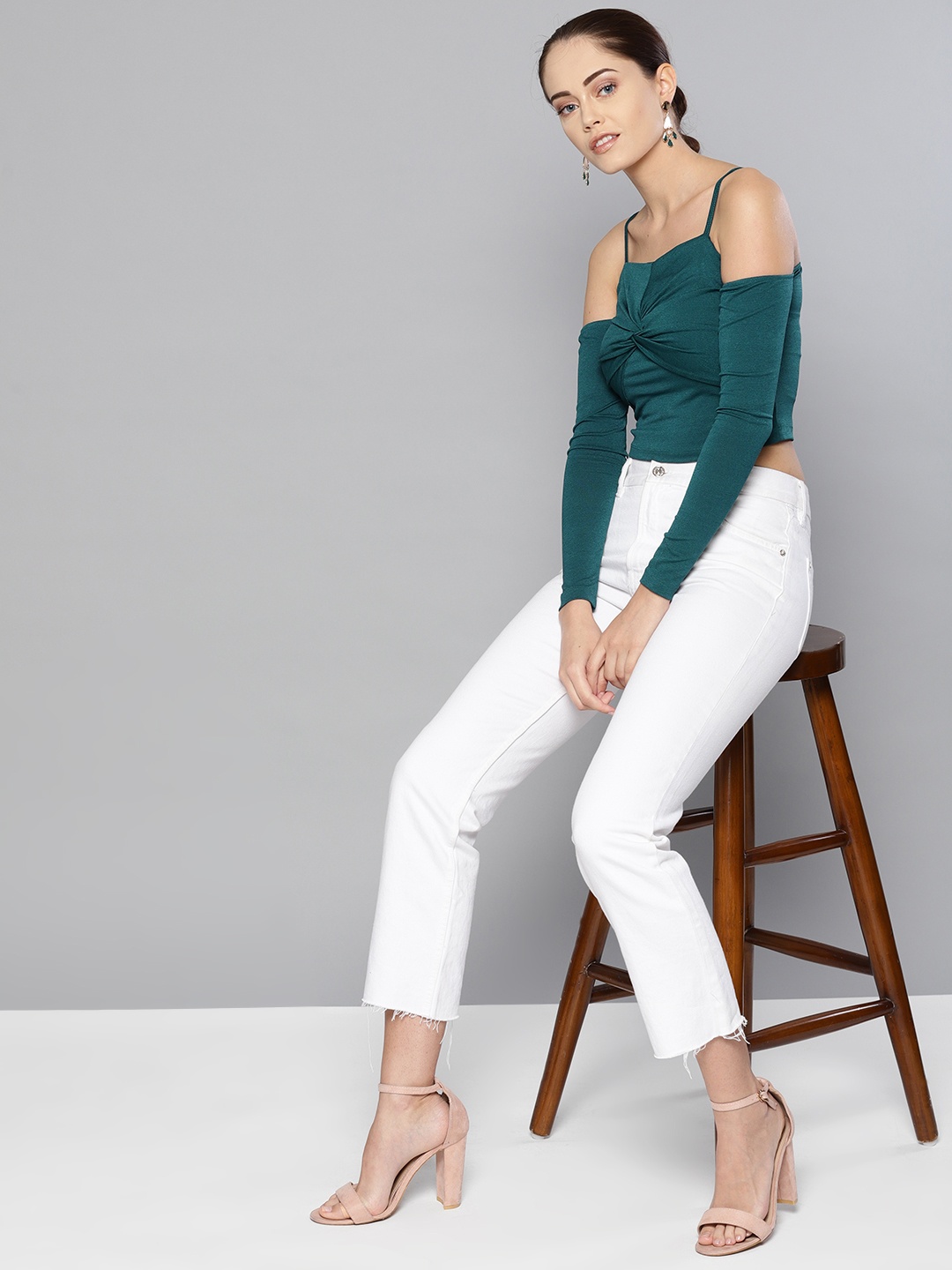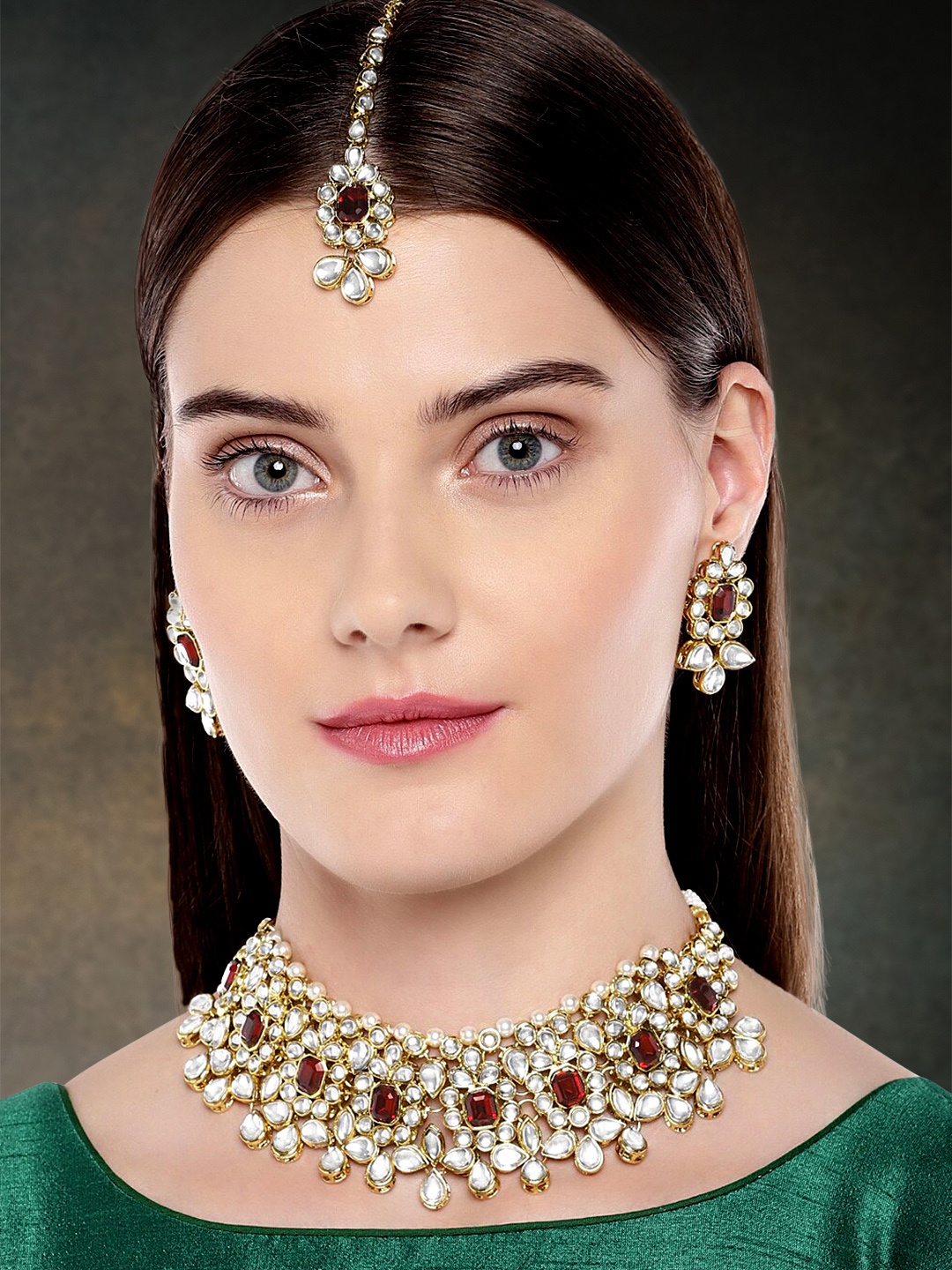Why Do Some Sandals Squeak On Floors And Others Do Not - 10 Reasons
A squeaky sandal can turn a graceful stride into an unintended comedy act. So, why do some sandals squeak while others glide silently? The answer lies in a mix of science, design, materials, and even the way one walks.

10 things that explain why some sandals make a sqeaky sound while others don't.
Sandals are meant to be liberating. They keep feet cool in the summer heat, they slip on easily when rushing out for an errand, and they match both jeans and kurta pyjamas with equal charm. Yet, now and then, a pair comes along that refuses to behave. Instead of silent footsteps, it squeaks with every move, echoing across marble floors like an embarrassing drumbeat.
Anyone who has experienced this knows the awkwardness. Picture walking into a quiet office, temple, or even a friend's drawing room. Each step squeals like a scolding schoolteacher, making people turn their heads. It is not the sandal's appearance but its sound that steals attention.
The question is simple: why do some sandals squeak while others glide silently? The answer lies in a mix of science, design, materials, and even the way one walks. Let's step into the details.

Here's why some sandals make a squeaky sound every time you walk; Photo Credit: Pexels
1. The Role of Materials
At the heart of the squeak is friction, the struggle between surfaces that rub against each other. Sandals come in many avatars: rubber soles, leather straps, foam cushioning, or plastic inserts. Some of these materials naturally generate sound when pressed against smooth flooring.
Take rubber soles, for instance. They grip polished marble or granite so tightly that, instead of sliding smoothly, the surface resists for a fraction of a second before releasing. This 'stick-slip' motion creates the squeaky sound. On the other hand, leather-soled sandals glide more smoothly, absorbing pressure without much drama.
Imagine dragging a wet balloon across glass, that high-pitched squeal is similar to what rubber does on a shiny floor. A humble slipper bought for ₹250 at a local bazaar may squeak more than a carefully crafted ₹2,500 pair, simply because of the quality and mix of materials. It's less about price and more about how those materials interact with the world beneath your feet.
2. Moisture Makes Mischief
Water is both friend and foe when it comes to sandals. A splash of rainwater, sweaty feet in the summer, or freshly mopped tiles can turn ordinary sandals into squeak machines. Moisture acts like a thin film that traps air pockets. When pressure from walking compresses and releases them, the sound emerges.
Think of squeezing a wet sponge. It doesn't stay silent; it squelches and sighs. In the same way, trapped moisture between the sole and the floor exaggerates squeaks.
In humid regions, even without direct water contact, sandals can absorb dampness from the air. The result? A chorus of tiny protests with every step inside an air-conditioned mall or office. No wonder people sometimes slip their sandals off discreetly to air them out.
Keeping sandals dry, by wiping after rain, airing under a fan, or sprinkling talcum powder, can calm the unwanted music. It's a reminder that nature's simplest element, water, can stir up unexpected drama underfoot.
3. Floor Surfaces Matter
Not all floors are equal in the squeak story. Polished marble and vitrified tiles are common culprits. Their mirror-like smoothness leaves little room for sound to escape. When a sandal sole clings and releases, the echo amplifies.
Contrast this with rougher surfaces like cement, outdoor tiles, or dusty roads. Here, the sole finds natural grip without drama, and squeaks rarely appear. Wooden flooring, although less common in homes, can create its own peculiar squeaks, especially if varnished to a glossy finish.
Picture walking through a supermarket with polished granite aisles. Every step bounces sound across the spacious hall. Yet, take the same pair of sandals to the local vegetable market with its rough flooring, and they suddenly behave. The floor decides whether you walk with dignity or with a soundtrack.

Polished marble and vitrified tiles are often the common culprits behind sandals making sounds; Photo Credit: Unsplash
4. New vs. Old Sandals
Ever noticed that brand-new sandals are often the noisiest? Fresh soles are smooth, unworn, and sometimes coated with a finishing layer. As a result, they cling more tightly to polished floors. With time, natural wear and tear roughen the surface, reducing the stick-slip friction that causes squeaks.
On the flip side, very old sandals with worn-out cushioning can also create sound. Air pockets trapped in the sole collapse unevenly, leading to squeaks at pressure points.
So there is a golden middle age for sandals: past their awkward, noisy beginnings but not yet limping towards retirement. That sweet spot is when they walk silently and comfortably. Anyone who has a favourite old pair that 'just works' knows the joy of footwear harmony.
5. The Way of Walking
Believe it or not, walking style influences sandal squeaks. Some people land on their heels with force, pressing the sole hard against the floor. Others roll their feet gently from heel to toe. The more abrupt the contact, the greater the chance of sound.
A hurried stride across a shiny corridor multiplies squeaks, while a slow, deliberate walk can silence them. Children, for example, often stamp with enthusiasm, unknowingly producing squeaky concerts in shopping centres.
Posture plays a role, too. When weight is unevenly distributed, sandals bend and press differently on each step, increasing the chances of sound. It's almost like the sandal is complaining about being mistreated. Adjusting one's gait, even slightly, can sometimes hush the squeak without touching the sandals themselves.
Also Read: 8 Common Mistakes To Avoid When Buying A Sandal
6. Poor Fit and Loose Parts
Sandals are not just soles and straps; they are tiny structures held together by stitching, glue, and sometimes screws or buckles. When straps loosen or glue weakens, small gaps form. As feet move, air slips in and out of those spaces, creating a squeak.
Loose buckles or decorative add-ons can also clatter against the sandal. The sound may not always be a sharp squeak; sometimes it is a creak or a faint click.
A sandal that doesn't fit snugly encourages more internal movement, which means more opportunities for tiny squeaks. Buying the right size and occasionally checking straps can prevent this. It's like maintaining a vehicle: small adjustments avoid noisy breakdowns.

Loose straps or weak glue can also make the sandals produce sounds when walking on certain floors
Photo Credit: Unsplash
7. Quality of Craftsmanship
Footwear made in bulk often prioritises speed and cost over precision. Glue might be spread unevenly, soles may not be pressed firmly during manufacturing, and materials might be of inconsistent quality. All these shortcuts create hidden spaces that later release sound.
On the other hand, well-crafted sandals from skilled cobblers or trusted brands often go through finishing touches that minimise squeaks. For instance, stitched soles hold better than those held only by adhesive.
A visit to a local cobbler can sometimes be more satisfying than a mall purchase. Spending ₹100 on a skilled repair can silence a pair of squeaky sandals and extend their life. It proves that craftsmanship still carries weight, even in something as everyday as footwear.
8. Environmental Conditions
Seasonal changes affect sandals in surprising ways. Heat softens rubber, making it stickier on polished floors. Cold weather hardens soles, turning them rigid and more likely to squeak under pressure. Humid monsoons swell certain materials, while dry summers shrink them, both leading to friction shifts.
Imagine stepping out in May when the ground feels hot enough to fry papad. The softened sole clings harder to tiles, increasing squeaks indoors. Come December, the same sandal might stiffen and squeak differently.
Floors too, change with the seasons. A freshly mopped marble surface during monsoon feels slipperier and noisier than dry winter floors. The squeak, therefore, is not permanent; it is a dialogue between environment and footwear.
9. Cleaning and Maintenance
Neglect breeds noise. Dust, grime, or small stones stuck in the tread of a sandal sole can create squeaks as they rub against floors. Sometimes the sound isn't from the material itself but from trapped debris playing its own instrument.
Regular cleaning, scrubbing soles, wiping straps, or brushing out treads reduces such surprises. Simple household remedies also work wonders. A sprinkle of talcum powder between straps or under insoles can reduce moisture and silence squeaks. Coconut oil applied sparingly along dry leather straps prevents them from rubbing noisily.
Maintenance is not just about looks but also about dignity. A sandal that's cared for walks quietly and confidently, much like a well-oiled bicycle glides smoothly on the road.

Dust, grime, or small stones can also make your sandals produce a squeaky sound
Photo Credit: Pexels
10. The Psychology of Sound
Interestingly, not every squeak is as loud as it feels. Human ears are particularly sensitive to high-pitched noises, especially in quiet spaces. What seems thunderous in a silent library may barely register in a bustling market.
The embarrassment, therefore, comes partly from perception. A squeaky sandal feels louder because it draws attention when silence is expected. It is less about decibels and more about context.
This explains why many people laugh off squeaky sandals on busy streets but cringe in temples, offices, or during examinations. The sound plays on social nerves more than on actual volume. Recognising this can reduce self-consciousness, after all, a squeak is not a moral failing, just a quirk of footwear.
Products Related To This Article
1. AJANTA Men Sandal
2. Deals4you Women Flats Sandal
3. Bata Men Casual Sandal
4. WALKAROO Men Sandal
5. MAX Women Sandal
6. aurish Women Flats Sandal
7. NOBELITE Men Sandal
A squeaky sandal is a small but memorable nuisance, turning ordinary footsteps into unintentional announcements. Yet, behind that squeak lies a fascinating mix of science, design, environment, and behaviour. Materials, moisture, floor surfaces, walking style, and even the psychology of sound all conspire to create the squeal.
While silence is preferable, squeaks remind us that even everyday objects have character. A sandal may be cheap or costly, old or new, but it carries its personality. With a little care, maintenance, and awareness, one can walk more gracefully, not just on the floor, but also through the quirky orchestra of life. You can also buy sandals online and keep your footwear collection up to date.
Disclaimer: The images used in this article are for illustration purpose only. They may not be an exact representation of the products, categories and brands listed in this article.











